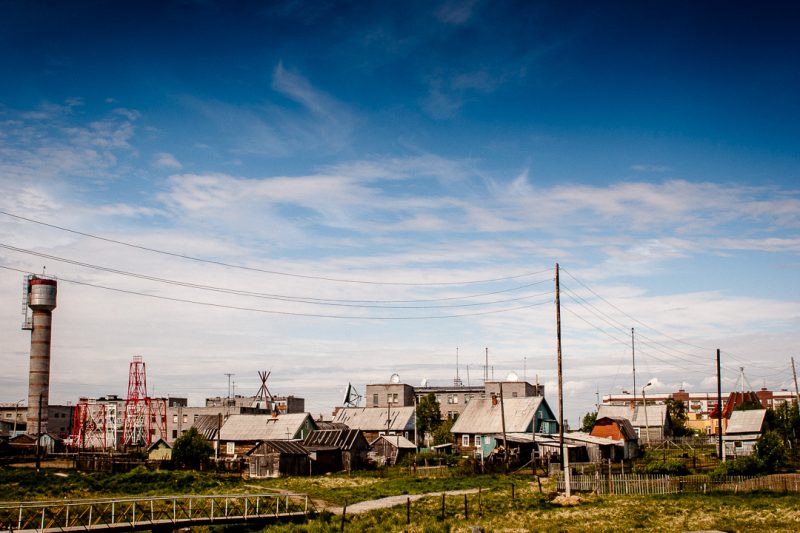
For 2016/2017 and 2019/2020 a group of CLINF partners have received additional funding from the Nordic Council of Ministers in order to extend and intensify scientific collaboration between Nordic and Russian research institutes, with an emphasis on organisations located East of the Ural mountains.
With climate change ongoing and permafrost thawing in the Russian Arctic, enormous areas threaten to transform into CSI habitat and to connect with existing CSI populations at the warmer end of the climate gradient. The resulting potential for migrating and expanding CSI populations threatens not only northern societies, but confines the capacity to sustainably combat emerging infectious diseases at the global scale.
Therefore, CLINF is reaching out to eastern Russia in an attempt to understand the intra- and inter-connectivity of Russian CSI administration and to involve relevant Russian actors in international CSI counter-action. The team aims to produce a White Paper with recommendations regarding the establishment of a strategic IT CSI infrastructure that is capable of facilitating and fostering European-Russian collaboration. Throughout the project period, a number of collaborative workshops, mutual research visits and conference contributions are planned.
Incorporating Russian Arctic CSI data into the CLINF database is an important step in applying a holistic OneHealth perspective. The complementary diseases data for Russian Arctic regions is valuable for inferring CSI relations with climate data, and hence for the modelling of future prevalence scenarios regarding selected CSI. Such knowledge is required for relevant decision support, and for improving proactive climate adaptation strategies on human and animal health. In addition to the retrospective diseases data, CLINF-R and CLINF-RII funds allow for collecting samples of reindeer from herds in Yamal and Sacha area (former Yakutia) and for analyzing these samples for the presence of CSI microorganisms. This research has already revealed the circulation of Brucella in Sacha reindeer, which is in contrast to what is known of Nordic reindeer. Brucellosis is an important zoonotic disease, and CLINF researchers investigate the risk for humans to be infected from reindeer. This case exemplifies the necessity of including gender and age as investigative factors, since different groups of age and gender very much differ in their respective roles in reindeer husbandry. It also exemplifies the necessity of applying the holistic OneHealth approach when societal CSI effects are addressed.
As part of the Russian extension, CLINF also liaises with the European Union infrastructure project INTERACT. This project represents a network of 88 Arctic and sub-Arctic Field Stations, 20 of which lie in Russia. The intention with the collaboration is to agree on recommendations for including CSI monitoring, i.e. monitoring of CSI vector organisms, into continuously ongoing environmental survey regimes, and to further develop such monitoring efforts into an early warning system for increased risk of CSI at the local/regional level (INTERACT Red Phone Alert).
